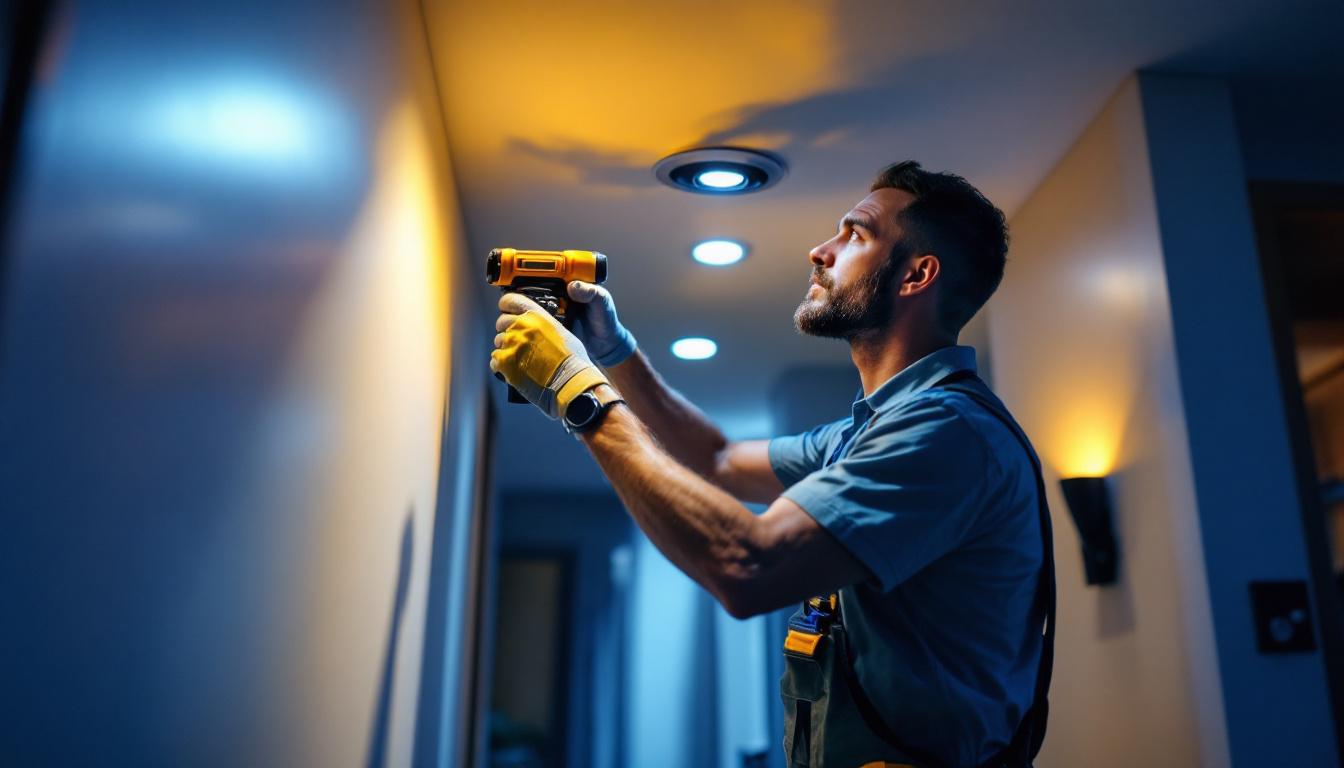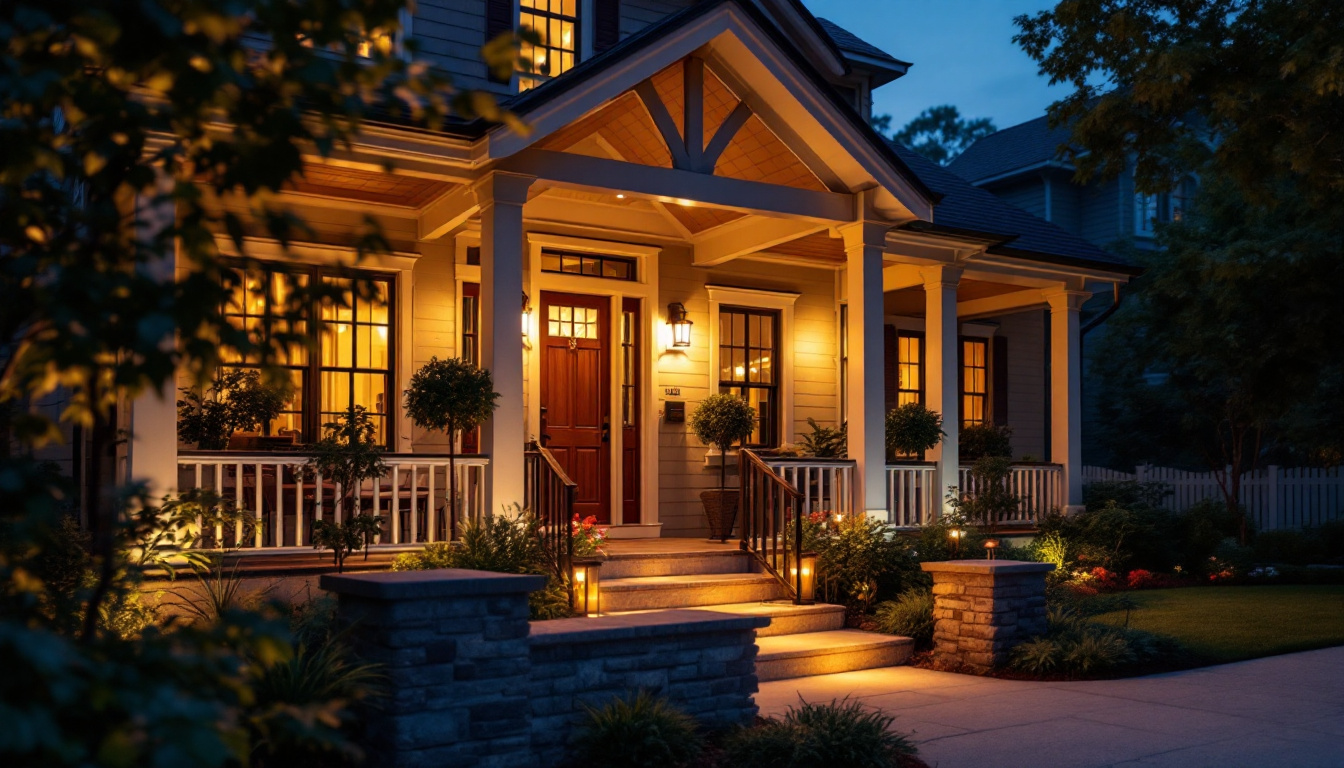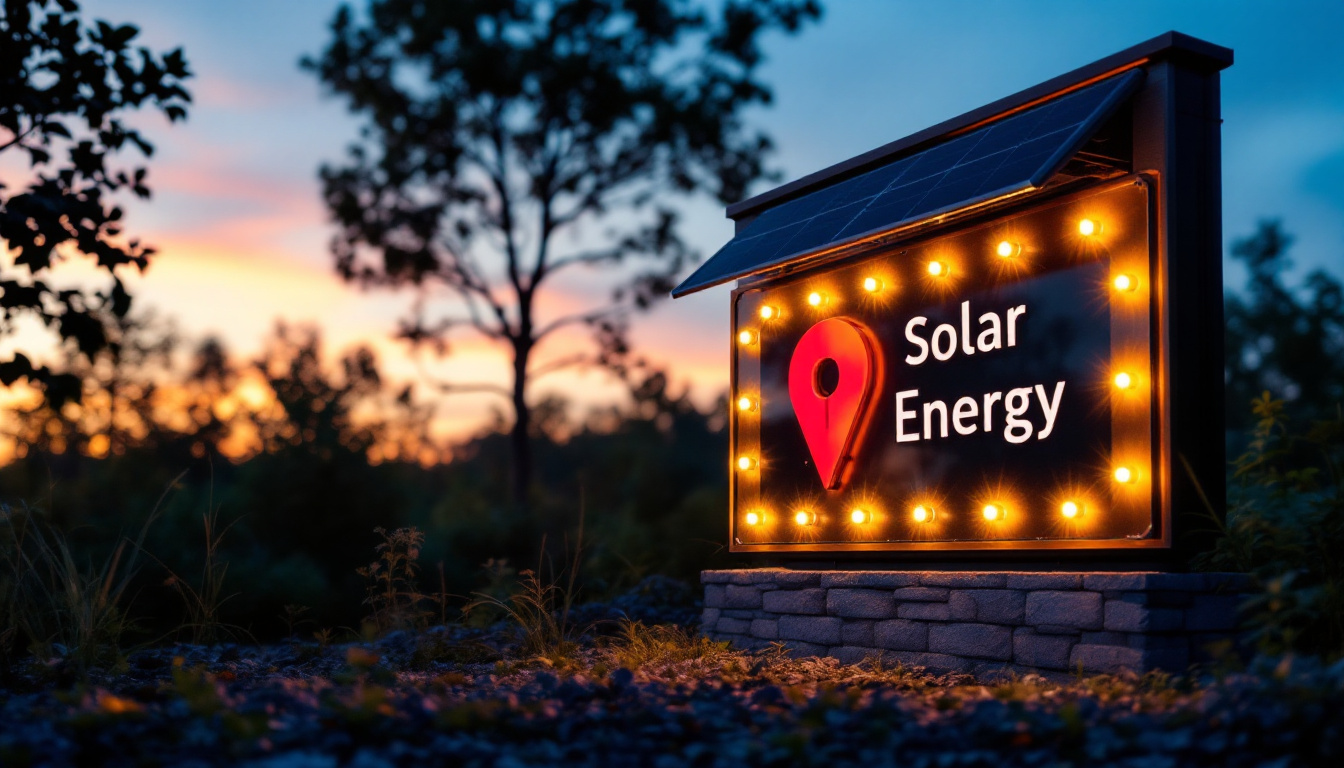
6-inch recessed lights have become a staple in modern lighting design, offering a versatile and sleek solution for residential and commercial spaces alike. For lighting contractors, mastering the installation and specification of these fixtures is essential to delivering quality results that meet client expectations and comply with industry standards.
These lights are favored for their ability to provide focused illumination without disrupting the architectural aesthetics of a room. Their moderate size strikes a balance between subtlety and sufficient light output, making them ideal for general lighting, accent lighting, or task lighting applications.
Before diving into the practical do’s and don’ts, it’s important to grasp the technical aspects of 6-inch recessed lights, including housing types, trim options, and compatibility with various bulb technologies such as LED, halogen, and CFL. This foundational knowledge ensures contractors can make informed decisions tailored to each project’s unique requirements.
In addition to understanding the technical specifications, lighting contractors should also consider the energy efficiency and longevity of the lighting solutions they provide. LED recessed lights, for instance, not only consume significantly less energy compared to traditional incandescent or halogen bulbs but also have a longer lifespan, which can lead to reduced maintenance costs for clients over time. This shift towards energy-efficient options is not just a trend; it reflects a growing awareness of sustainability in the industry, prompting contractors to stay informed about the latest advancements in lighting technology.
Furthermore, the aesthetic appeal of recessed lighting should not be overlooked. The variety of trim styles available, from baffle to reflector trims, allows contractors to customize the look of the fixtures to complement the overall design of a space. This customization can enhance the ambiance of a room, whether it’s creating a cozy atmosphere in a living area or providing bright, clear lighting in a workspace. Understanding how to blend functionality with design can set a contractor apart in a competitive market, making it essential to stay updated on current trends and client preferences.
One of the most critical decisions when working with 6-inch recessed lights is selecting the appropriate housing. Lighting contractors must consider whether the fixture will be installed in insulated ceilings (IC-rated housings) or non-insulated ceilings (non-IC-rated housings). Using an IC-rated housing in insulated ceilings prevents fire hazards by ensuring the fixture can safely come into contact with insulation materials.
Additionally, airtight housings are highly recommended to improve energy efficiency by minimizing air leakage between conditioned and unconditioned spaces. This is especially important in commercial buildings aiming for energy code compliance or LEED certification. In fact, the right choice of housing can significantly impact a building’s overall energy performance, leading to lower utility bills and a reduced carbon footprint. Furthermore, selecting housings with integrated LED technology can enhance energy savings even further, as these fixtures consume less power and have a longer lifespan compared to traditional incandescent bulbs.
Proper installation of recessed light housings is essential to maintain safety and functionality. Contractors should follow local electrical codes and manufacturer guidelines meticulously. This includes securely mounting housings to joists or framing members and ensuring electrical connections are made within junction boxes to prevent fire risks. Additionally, it is crucial to verify that the electrical supply is adequate for the number of fixtures being installed, as overloading circuits can lead to overheating and potential hazards.
Using adjustable housings can also add flexibility, allowing for precise aiming of the light beam to highlight architectural features or artwork. However, these require careful installation to maintain the fixture’s alignment over time. Moreover, the choice of trim can further influence the aesthetic and functional aspects of recessed lighting. Trims come in various styles and finishes, allowing contractors to customize the look of the lighting to match the interior design while ensuring optimal light distribution. This attention to detail not only enhances the visual appeal of a space but also contributes to creating a well-lit environment that can improve mood and productivity.
The trim not only affects the aesthetic outcome but also influences the light distribution and glare control. Lighting contractors should avoid pairing trims and housings from different manufacturers or incompatible product lines, as this can lead to improper fit, reduced performance, or even safety hazards.
For example, baffle trims help reduce glare and are ideal for general lighting, while reflector trims maximize brightness for task lighting. Selecting the correct trim based on the lighting objective is crucial for achieving the desired ambiance and functionality. Moreover, the material and finish of the trim can also play a significant role in the overall design; for instance, a matte finish might be more suitable for a modern space, while a polished chrome trim could enhance a more traditional aesthetic. Understanding the nuances of trim selection can elevate a project from ordinary to exceptional, ensuring that every detail aligns with the client’s vision.
While trim selection is vital, the choice of bulb and its characteristics such as color temperature and Color Rendering Index (CRI) are equally important. Contractors should avoid installing bulbs with inconsistent color temperatures across a project, as this can create an uneven and unprofessional look.
High CRI bulbs (above 80) are preferred for spaces where accurate color representation is necessary, such as retail environments or art galleries. Ignoring these factors can diminish the quality of the lighting design and client satisfaction. Furthermore, the color temperature, measured in Kelvin, can dramatically alter the mood of a space; for example, warmer tones (around 2700K) create a cozy atmosphere perfect for residential settings, while cooler tones (above 4000K) are often more suitable for workspaces that require focus and alertness. By carefully considering both the color temperature and CRI, lighting contractors can ensure that their designs not only meet functional requirements but also enhance the emotional experience of the space, ultimately leading to happier clients and more successful projects.
LED technology has revolutionized recessed lighting by offering significant energy savings, longer lifespan, and reduced maintenance compared to traditional incandescent or halogen bulbs. Lighting contractors should prioritize LED-compatible housings and trims to future-proof installations and meet increasingly stringent energy codes.
Furthermore, many jurisdictions require compliance with energy standards such as Title 24 or ASHRAE 90.1, which mandate the use of high-efficiency lighting solutions. Staying informed about these regulations ensures contractors avoid costly rework and maintain their professional reputation.
Modern lighting projects often benefit from dimmable 6-inch recessed lights and integration with smart lighting controls. Contractors should verify that the selected fixtures and bulbs are compatible with dimmers and control systems to provide clients with enhanced functionality and energy savings.
Proper wiring and configuration during installation are essential to prevent flickering or reduced bulb life, common issues when dimming is not correctly implemented.
Recessed lights generate heat, and improper installation can lead to overheating, reducing fixture lifespan and creating fire hazards. Contractors must adhere to manufacturer specifications regarding clearance from insulation and other materials.
Using IC-rated housings and ensuring adequate ventilation within the ceiling cavity helps dissipate heat effectively. Ignoring these requirements can result in fixture failure and potential liability issues.
In some installations, contractors may be tempted to seal or cover spaces around recessed lights to improve insulation. However, blocking airflow can trap heat and cause premature fixture degradation. It’s important to maintain manufacturer-recommended clearances and avoid stuffing insulation around housings unless they are specifically designed for such conditions.
Effective communication with clients is a cornerstone of successful lighting projects. Contractors should discuss the intended use of spaces, desired ambiance, and any specific lighting needs before finalizing fixture selections. Providing mock-ups or lighting simulations can help clients visualize the results and reduce the likelihood of dissatisfaction.
Recessed lighting installation often intersects with other trades. Coordinating with HVAC contractors ensures that lighting fixtures do not interfere with ductwork or vents. Collaboration with electricians guarantees that wiring and controls are installed correctly and safely. Working alongside interior designers helps align lighting choices with overall aesthetic goals.
Such coordination minimizes conflicts, reduces installation delays, and enhances the overall quality of the project.
In the competitive lighting industry, there can be pressure to reduce costs or speed up installation. However, using substandard materials or rushing through installation can compromise safety, performance, and client satisfaction. Lighting contractors should invest in quality products and take the time necessary to install fixtures correctly.
After installation, thorough testing of all recessed lights is essential to confirm proper operation, dimming functionality, and compliance with specifications. Documenting the installation details, including fixture models, bulb types, and control configurations, supports future maintenance and troubleshooting efforts.
Neglecting these steps can lead to unresolved issues, client complaints, and damage to the contractor’s reputation.
For lighting contractors, mastering the do’s and don’ts of 6-inch recessed lights is crucial for delivering safe, efficient, and aesthetically pleasing lighting solutions. Prioritizing proper housing and trim selection, embracing energy-efficient technologies, adhering to thermal management guidelines, and maintaining clear communication with clients and other trades are all essential practices.
By avoiding common pitfalls such as mismatched components, ignoring code requirements, or rushing installation, contractors can enhance their professionalism and ensure long-term client satisfaction. Ultimately, a thoughtful, well-executed approach to 6-inch recessed lighting elevates both the contractor’s work and the spaces they illuminate.
Ready to elevate your lighting projects with the best 6-inch recessed lights in the market? Look no further than LumenWholesale, where we provide contractors with high-quality, specification-grade lighting solutions at unbeatable wholesale prices. Say goodbye to local distributor markups and hello to our extensive selection that meets the highest industry standards. With free shipping on bulk orders, LumenWholesale is your go-to source for reliable, high-performance lighting that combines quality, affordability, and convenience. Don’t compromise on your lighting needs—choose LumenWholesale for Wholesale Lighting at the Best Value.

Illuminate your expertise with our comprehensive guide on outdoor porch lighting.

Discover why pendent lamps are indispensable for lighting contractors.

Discover the essential role of path lighting in modern landscaping and why it’s a must-have for every lighting contractor.

Discover the ultimate guide for lighting contractors on mastering solar-powered sign lights for outdoor use.